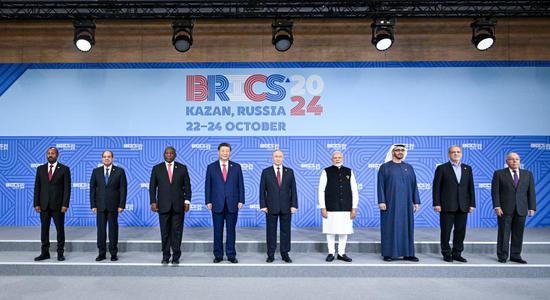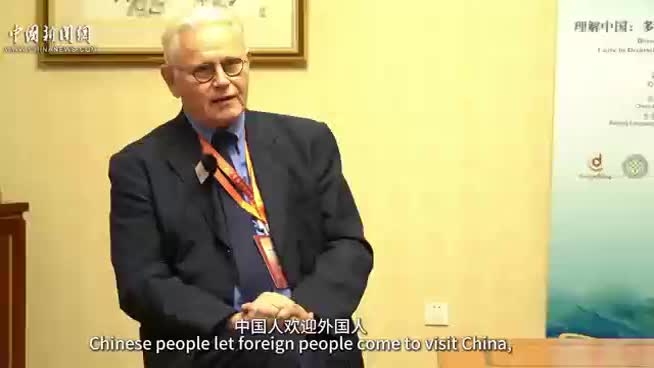Looking forward, industry experts expect China's cumulative new energy storage capacity could reach between 221 GW and 300 GW by 2030, driven by sustained demand for integrated storage solutions and China's expanding renewable energy portfolio.
According to the report, China's energy storage sector has maintained a rapid growth momentum from 2023, with new energy storage capacity expanding from 8.7 million kilowatts in 2022 to 31.39 million kW last year. On the other hand, new energy storage plants in China are increasingly shifting toward centralized, large-scale installations, it said.
Companies have all stepped up efforts in recent years to accelerate their layout of energy storage across the country.
State Grid Corp of China currently has a scale of 36.80 million kW or 77.56 million kilowatt-hours of new energy storage, with 95 percent of this capacity becoming operational over the past three years, underscoring the accelerated pace of energy storage deployment across China.
The utilization rate of new energy storage facilities in the corporation's operational areas continues to rise. In the first half, new energy storage systems achieved an average usage of 459 hours and approximately 109 equivalent charge-discharge cycles, marking increases of about 44 percent and 37 percent, respectively, compared to the same period in 2023, it said.
The role of new energy storage in grid regulation has also strengthened significantly. The maximum short-term peak capacity exceeded 30 million kW, underscoring the importance of new energy storage in ensuring power supply and supporting renewable energy integration.
While China's policy framework for the new energy storage sector is progressively shifting to support large-scale, market-driven growth, Hu suggests further enhancing grid integration and dispatch mechanisms while accelerating the expansion of energy storage.
She also suggested refining market systems to boost efficiency and strengthen safety management alongside innovative pilot programs, so as to foster the high-quality, sustainable development of China's new energy storage industry.
Wang Lining, director of the oil market department under the economics and technology research institute of China National Petroleum Corp, believes the country's vigorously advancing construction of large-scale wind and photovoltaic power bases is expected to drive sustained, large-scale growth in new energy storage, to better enhance the transmission and absorption capacity of renewable energy across regions.
Many of the bases require that storage capacity comprise at least 15 percent of these renewable energy bases — a shift that is accelerating market-driven storage adoption alongside traditional policy incentives.
The outlook for energy storage applications remains broad, bolstered by advancements in battery technology, grid modernization and supportive government policies, all of which position China as a leader in global storage solutions, said Wang.
China's renewable-rich regions, such as Northwest China's Xinjiang Uygur autonomous region, have spearheaded new installations, with both power and energy storage capacities leading the nation.
To address challenges from large-scale renewable development and the establishment of a new power system, State Grid Xinjiang has been implementing a coordinated "source-grid-load-storage" approach.
The approach includes optimizing both internal and external power distribution and enhancing Xinjiang's power exports while balancing local consumption. By facilitating outbound power transmission and bolstering internal usage, State Grid Xinjiang aims to maximize the utility and efficiency of renewable energy in the region.
In September, State Grid kicked off construction of a new project consisting of power generation facilities in Xinjiang, which has a total planned installed capacity of approximately 19 million kW, comprising 4 million kW of wind power, 8.5 million kW of photovoltaic power, 3.96 million kW of efficient thermal power, and around 2.5 million kW of energy storage.
The project will facilitate the transmission of locally generated electricity to other parts of China, with over 60 percent of the electricity transmitted to Sichuan province and Chongqing to be generated from renewable sources.
Since 2010, State Grid has constructed three power transmission channels in Xinjiang to deliver locally generated electricity to 20 provincial-level regions across the country. The region had transmitted a total of 826.1 billion kWh of locally generated electricity to other parts of the country as of the end of August this year, according to State Grid's Xinjiang branch.


















































 京公网安备 11010202009201号
京公网安备 11010202009201号